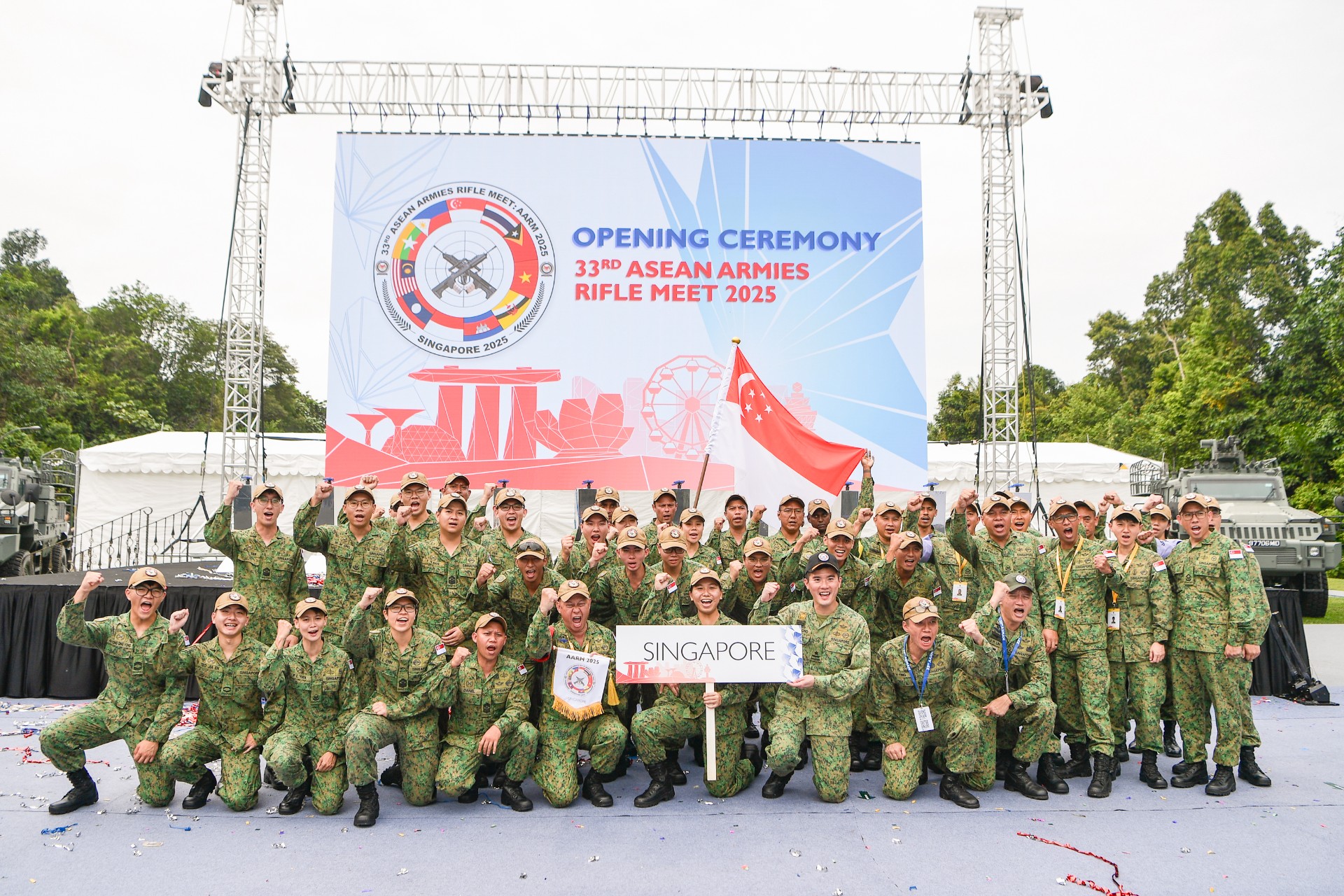COMMUNITY
REMEMBERING OUR LOCAL WAR HEROES
15 Feb 2023
As Total Defence Day draws near on 15 Feb, we take a look back at some of the heroes who risked their lives to defend Singapore during World War II (WWII).
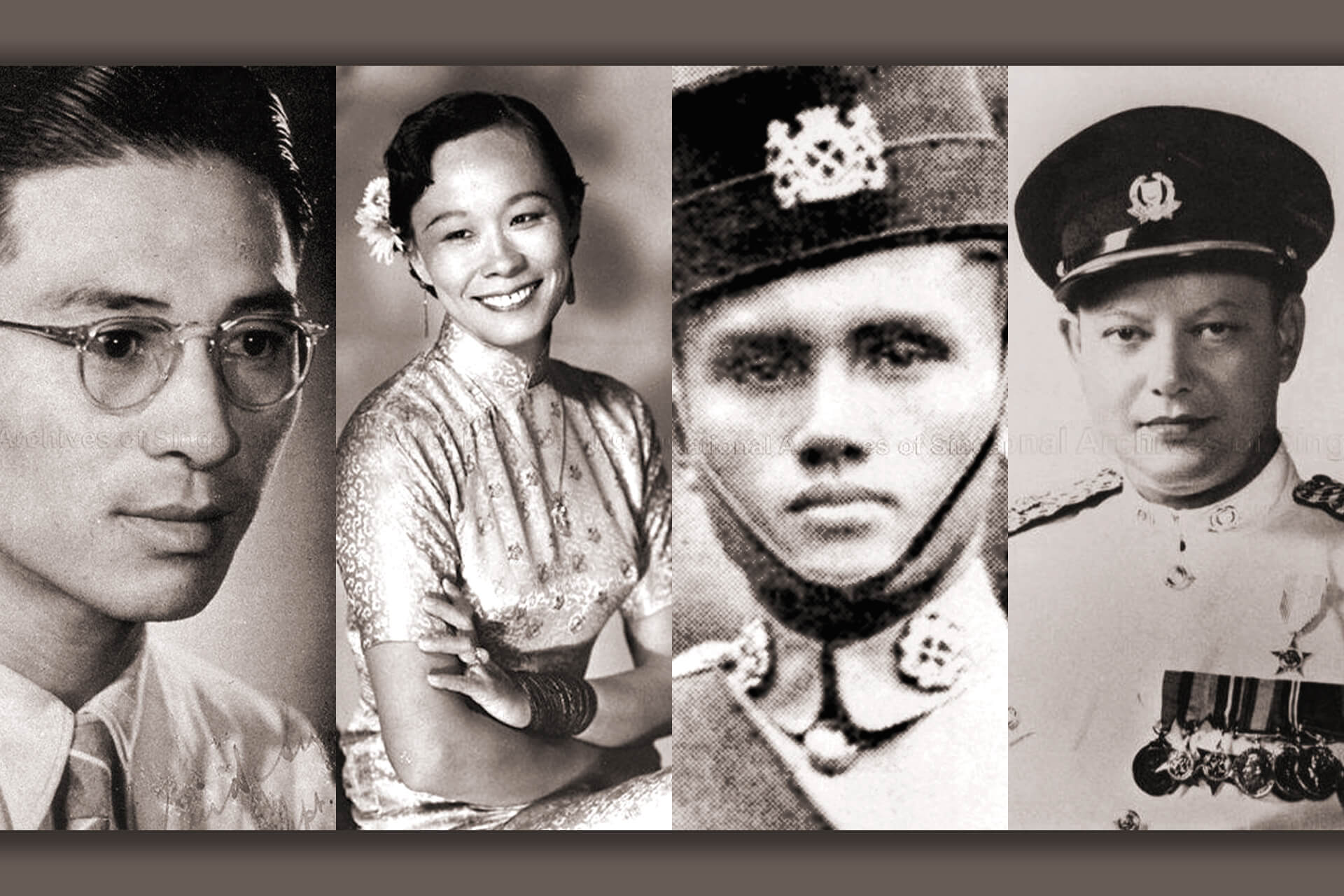

Businessman turned soldier
He's probably one of Singapore's most recognised war heroes – Mr Lim Bo Seng was a leader in Force 136, a guerilla group that gathered intelligence and conducted sabotage operations against the Japanese.
Even before WWII began, the patriotic businessman actively took part in relief efforts and fund-raising in the 1930s to support the resistance against the Japanese invasion.
After the fall of Kota Bharu (a city in Kelantan, Malaysia), Mr Lim organised more than 10,000 men to erect defences around Singapore. As the Japanese advanced towards Singapore from Johor, Mr Lim and his team blew up the causeway, slowing the enemy's advances.
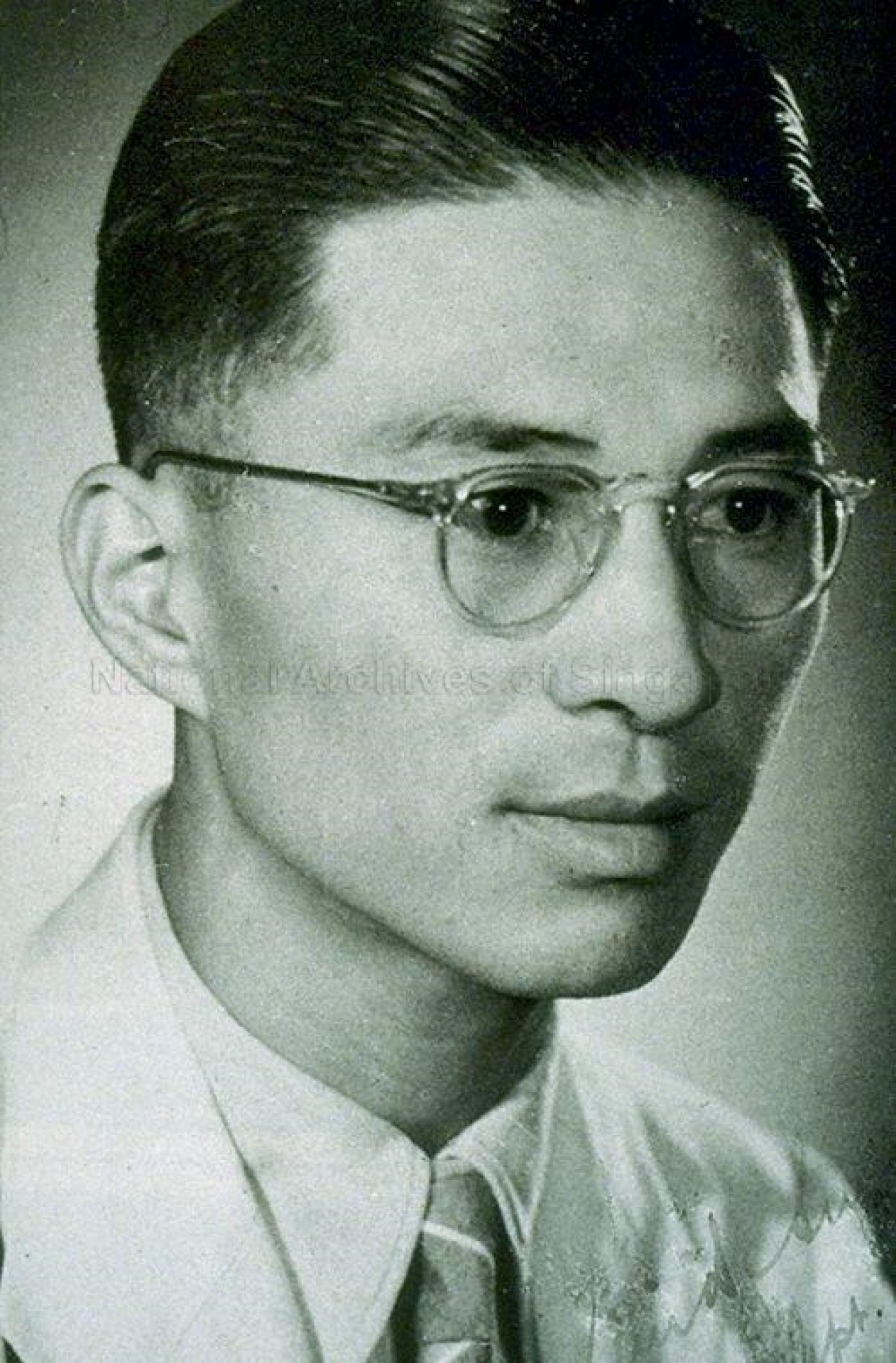
Advised by Governor Shenton Thomas to leave Singapore before its fall, he left his wife and seven children behind for their safety.
Mr Lim escaped to India, where he went through intelligence field training and was responsible for recruiting Chinese espionage agents who could blend in with locals to gather intelligence for Force 136.
After completing their training, teams from Force 136 made their way back to Malaya to join forces with the area's main resistance movement, the Malayan People's Anti-Japanese Army.
Unfortunately, Mr Lim was betrayed by one of Force 136's own members who divulged his whereabouts. This led to the eventual capture of Mr Lim while fleeing to Ipoh.
During his time as a prisoner of war, Mr Lim was starved and tortured for information by Japanese military police at Batu Gajah Jail, Perak.
Try as they might, they could not break him. Mr Lim eventually passed away at the age of 35 due to malnutrition, dysentery and torture in June 1944.

On 13 Jan 1946, Mr Lim's remains were buried in MacRitchie Reservoir. A colonel in Force 136, he was posthumously awarded the rank of Major-General.
The Lim Bo Seng Memorial was unveiled at Esplanade Park in 1954 to remember his sacrifice and commemorate his courage in WWII, and gazetted as a national monument in 2010.
Valiant soldier
The Battle of Bukit Chandu (Malay for Opium Hill) saw some of the fiercest fighting against the Japanese in Singapore during WWII. Despite being heavily outnumbered, the brave men of C Company of the Malay Regiment's 1st Battalion – led by Lieutenant Adnan Saidi – held their ground and fought to their deaths in a heroic last stand.
Born and raised in Malaya, Lieutenant Adnan moved to Singapore with his family when he was posted here in 1941. As war broke out later that year in December, Lieutenant Adnan sent his pregnant wife and two sons back to their hometown in Selangor.

On 14 Feb 1942, Lieutenant Adnan led a small group of fighters against a 13,000-strong Japanese force to defend the British stronghold of Pasir Panjang Ridge. This was where ammunition, supplies, a military hospital, and other key installations were located.
Although his battalion was undersupplied and overwhelmingly outnumbered, Lieutenant Adnan's courage and leadership inspired his men to continue fighting with all their might to slow the invaders' advance.

However, they were eventually overpowered by the Japanese, and surrendered the ridge.
Even after their retreat to the top of Bukit Chandu, Lieutenant Adnan and his men refused to give up. He and his men stood unwavering and even engaged in hand-to-hand combat with the Japanese soldiers.

It is said that the few survivors and a wounded Lieutenant Adnan were ordered to remove their uniforms and surrender to the Japanese, but they refused. As punishment, they were hung upside down from a tree and stabbed to death with bayonets.
For his valour, the British awarded Lieutenant Adnan posthumous campaign medals. In Singapore, Lieutenant Adnan and his men are remembered at a museum called Reflections at Bukit Chandu which opened in 2002. Their sacrifices are also commemorated in a war memorial plaque located at Kent Ridge Park.
War heroine, politician & teacher
During the Japanese Occupation, Mrs Elizabeth Choy risked her life smuggling supplies and messages to British prisoners of war. She later endured captivity and torture by the Japanese, but never betrayed those she had helped.
Born in Kudat, North Borneo (now known as Sabah), Mrs Choy came to Singapore to further her studies in 1929 and eventually became a teacher.
During the Japanese Occupation, she worked as a canteen operator with her husband at Miyako Hospital, a mental hospital where patients from General Hospital had been moved to.
Mrs Choy and her husband risked their lives to secretly deliver food, medicine, money, messages, as well as radios to British prisoner of wars. However, they were eventually caught and arrested by the Japanese in November 1943.

Despite the cruel interrogation methods used by the Kempeitai (Japanese military police), Mrs Choy was determined not to reveal the names of the people she had helped. She was released only after close to 200 days of starvation and suffering.
After WWII, Mrs Choy was invited to England by the British Red Cross in 1946. The only female Singaporean to have been incarcerated for such a long time, she was awarded the Order of the British Empire.

She later returned to Singapore in December 1949, and soon became active in local politics. In 1951, she made history by becoming one of the first female members of the Legislative Council.
During the 1950s, she also joined the women's auxiliary of the Singapore Volunteers Corps, and played a significant role in expanding the organisation.
Mrs Choy passed away in September 2006 at the age of 95, at her home at MacKenzie Road.
Vegetable seller & war spy
During WWII, police officer Halford Lovell Boudewyn risked his life smuggling classified documents – most significantly, of Japan's plans for the invasion of India – and handed them to the Allies.
Since young, Mr Boudewyn had always wanted to be a policeman. He achieved his dream and joined the Straits Settlements Police Force in 1939, but later found himself out of a job when the Japanese invasion came.
During the Occupation, he worked as a food supplier to Indian army camps, where he was approached by Major Aubrey Wyman, a prisoner of war from the British Indian Army, and recruited to become a spy for the Allies.
The two planned to collect evidence that prisoners of war were being ill-treated by the Japanese-backed Indian National Army (INA). Posing as a vegetable seller, Mr Boudewyn made daily contact with an inside source at the INA headquarters.
This contact would pass him valuable classified documents by concealing them in “rotten” vegetables, which were returned to Mr Boudewyn and hidden in his bicycle carrier.
Said Mr Boudewyn in an interview: “Leaving the camp with these documents was always very dangerous. I would park my bicycle by the sentry's shed and give him a very low bow which please him immensely.
“After a cursory frisk, I was allowed to leave… It seems that if one behaved subserviently towards the sentries, you could get away with quite a lot!”

In the evidence he acquired, it was revealed that Japan planned to invade India via Burma, and this key piece of intelligence was conveyed to the Allies through other spy channels. Japan launched its invasion of India in March 1944, and was defeated merely four months later.
Mr Boudewyn continued his espionage work when he re-joined the police force (then under Japanese control). Hiding two radios from wireless sets that had been confiscated from citizens, he listened to broadcasts from the Allies and relayed the news to prisoner-of-war camps with the help of his contact in the INA.
After the war, Mr Boudewyn was awarded the Colonial Police Medal for meritorious service from Governor Franklin Gimson in 1948.
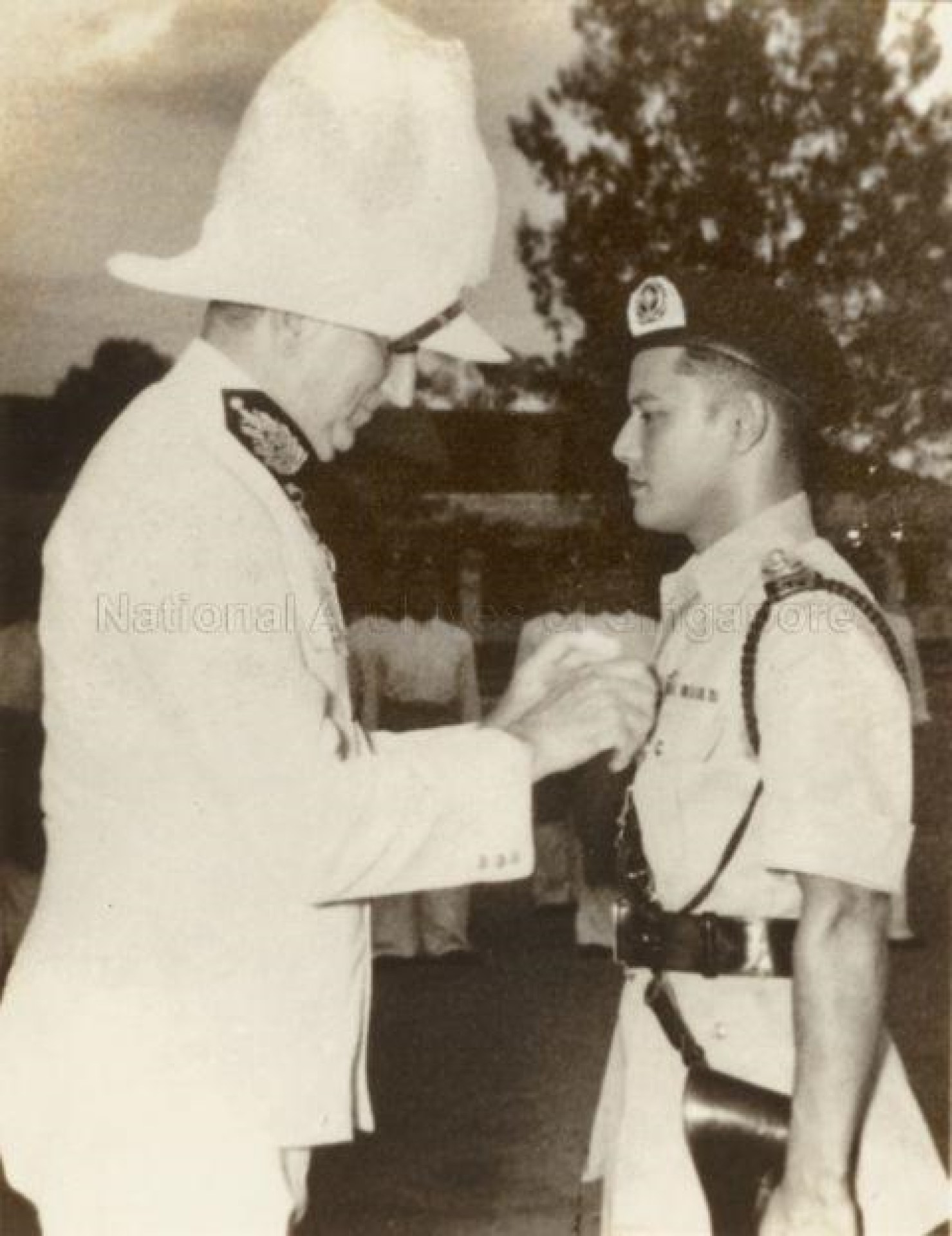
He continued serving in the police force for another two decades and rose through the ranks to become the Deputy Superintendent of Police. In 1968, he received the Pingat Bakti Setia (Long Service Medal) from the Singapore government, and eventually retired in the 1970s.
Mr Boudewyn passed away in April 1998 at the age of 77.
ALSO READ IN COMMUNITY
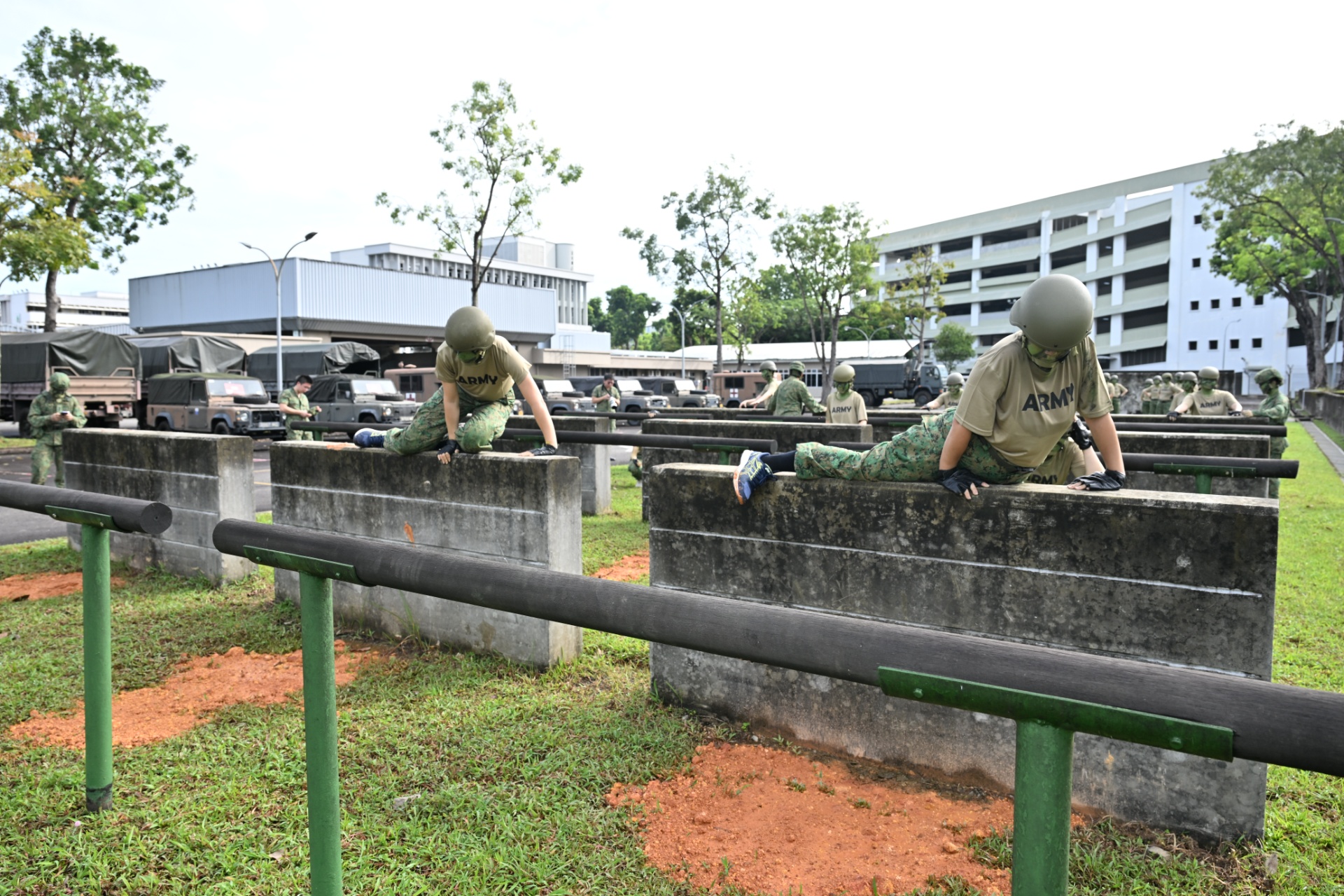
Learning more about NS
23 Nov 2025
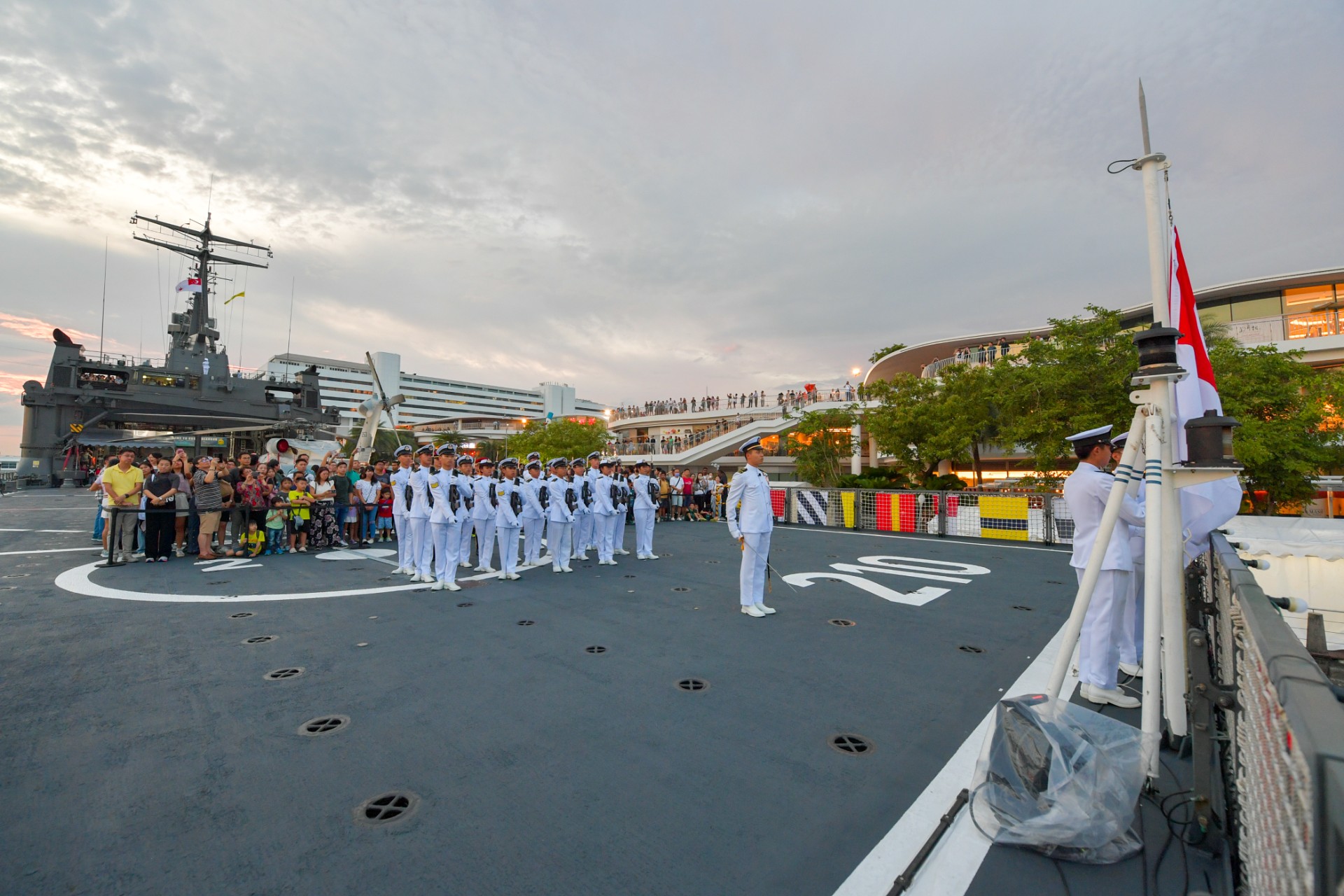
Dive into Navy@Vivo 2025
03 Oct 2025
Gear up for a splashing good time as Navy@Vivo returns in November!
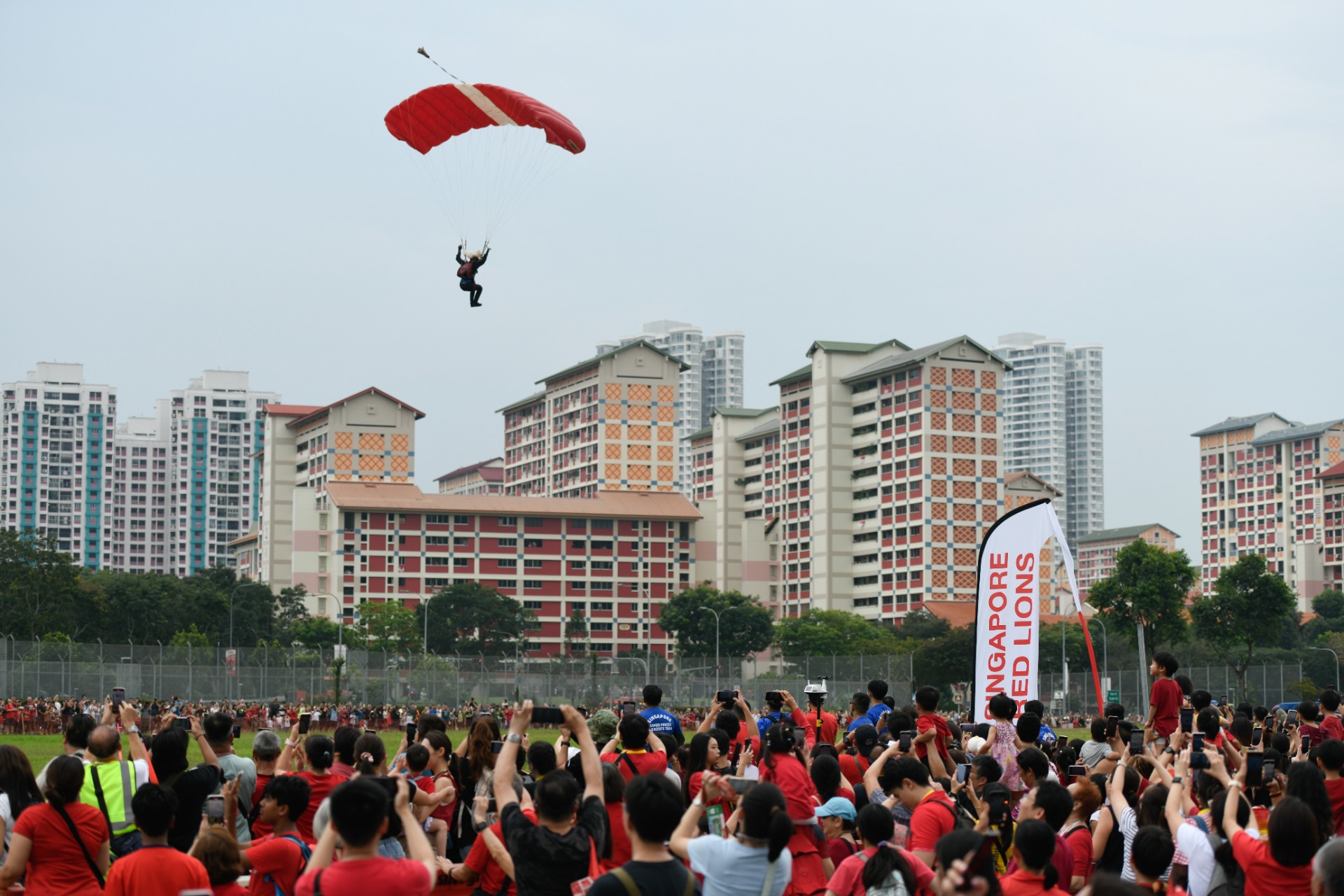
SG60 party in the heartlands
10 Aug 2025
National Day may be over, but the celebrations continued into the weekend with festivities across the island!


